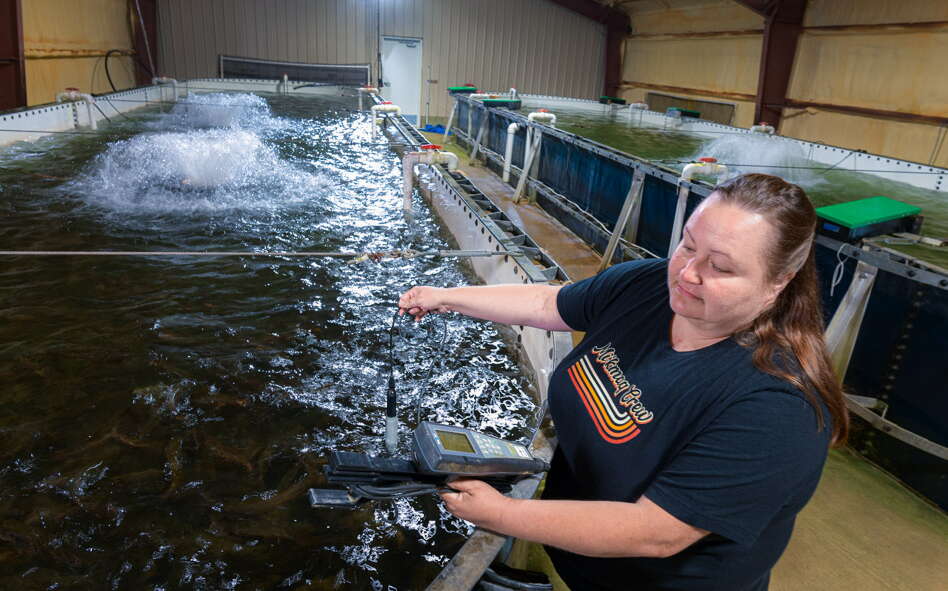
Processing Your Payment
Please do not leave this page until complete. This can take a few moments.
The Mi’kmaq Nation’s farm, fish-growing operation feeds demand for traditional foods
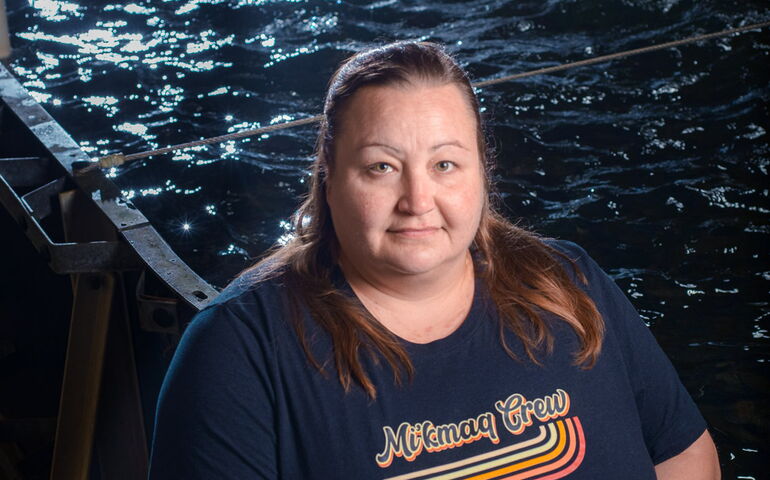 Photo / Fred Field
Shannon Hill, with the Mi’kmaq Environmental Health Department, says a larger hatchery will triple capacity for year-round production of native brook trout.
Photo / Fred Field
Shannon Hill, with the Mi’kmaq Environmental Health Department, says a larger hatchery will triple capacity for year-round production of native brook trout.
Twenty years ago, the Mi’kmaq Nation in Presque Isle started a community garden on an acre or two next to its government office and its largest residential area.
As interest in the garden grew, it was moved to a site of about eight acres, at 1353 Presque Isle Road in Caribou, to accommodate expanded farm production and the development of an aquaculture operation to grow native brook trout.
Now plans are in the works to expand the hatchery as part of an overall project to share produce and fish within the Mi’kmaq community and with other tribes throughout the Wabanaki Nation.
“This is a game-changer for our fisheries program and the Mi’kmaq Nation’s goal to provide healthy and culturally relevant food to our community and beyond,” says Shannon Hill, environmental health director for the Mi’kmaq Environmental Health Department.
Food resilience
Earlier this year, the Mi’kmaq Nation was awarded $500,000 in federal funds toward a total project cost of just over $5 million to expand its recirculating aquaculture brook trout hatchery.
The goal is to create jobs, improve the long-term economic sustainability of the hatchery, and create economic and food resiliency within the community.

The expansion is expected to support the tribe’s mission of food sovereignty while also producing enough to market outside the community.
The grant comes from the Northern Border Regional Commission with support from the Northern Maine Development Commission. The project includes buying the equipment needed to have the capacity to raise and process triple the amount of fish the hatchery currently produces.
Native brook trout
Mi’kmaq Farms grows a variety of produce and prides itself on not using chemicals.
“The only thing we don’t grow is potatoes,” says Hill. “We’re in the middle of potato country up here and we didn’t feel a need to grow the same thing that dozens of other farmers are growing.”
The farm started small, employing one or two seasonal workers. Today there are 1.5 full-time and five part-time seasonal employees, along with a full-time, year-round manager.
“All of our employees — we’re very proud about this — except for one are either tribal members or they support a tribal household,” says Hill. “It’s very important to us to develop and support jobs and the economic development abilities of our tribal people.”
The aquaculture side of the operation — with a focus on raising and distributing native brook trout — started about 15 years ago.
The idea got started when Hill was in charge of putting inserts into the tribal monthly newsletter.
“It was springtime, so I had picked the topic of fish advisories,” she recalls.
Advisories for the area warned of contamination in waters that tribal members typically fished, or recommended taking only one fish meal per month because of toxins.
“We started to think: If we can’t eat the fish that we catch locally and it’s a major staple in our diet, traditionally and presently — hey, let’s look for grant money and grow our own fish,” Hill says.
The goal? To provide a healthy protein provided on a regular basis. “That’s been going strong now for 15 years,” says Hill.
Free distribution
The operation uses a recirculating aquaculture system that purifies the culture water and recirculates it continuously. The Nation had a well drilled specifically for the hatchery to pull groundwater into the tanks.
The water is constantly filtered through layers of sand, carbon and other materials, making the water just as clean as when it came out of the well. The filter collects fish waste, which is repurposed as fertilizer on the farm. The fish and water are tested on an annual basis.
Today, annual production on the farm is tens of thousands of pounds of produce and about 12,000 pounds of fish.
Much of the harvest is distributed to tribal citizens free of charge, providing much-needed access in this remote region of Maine, much of which is a fresh food desert and transportation is a problem for many residents.
“It’s hard up here in the County,” says Hill. “We’re the last stop for the truck with the fruits and the vegetables. Usually we get the bottom of the barrel.”
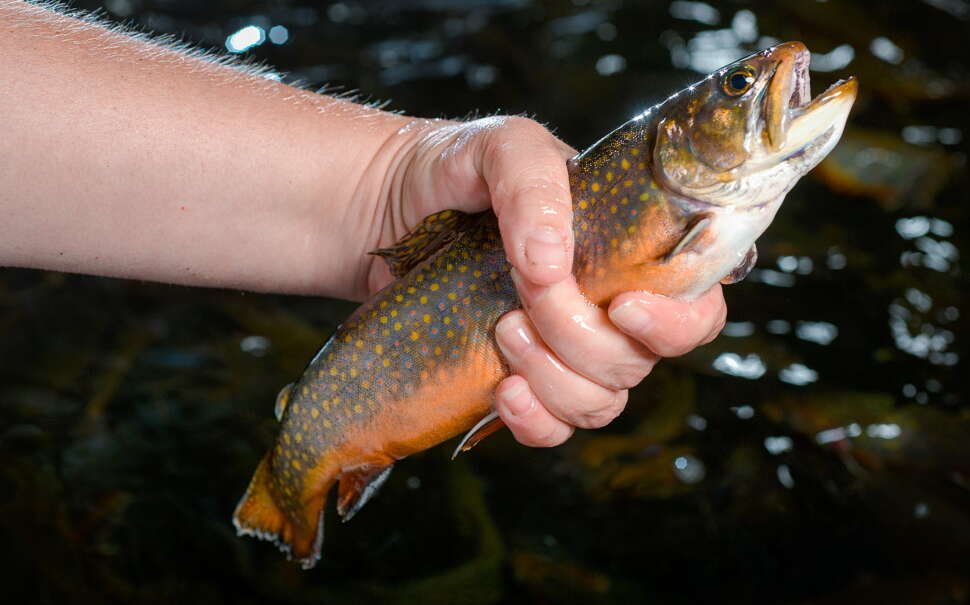
Additional distributions go to non-native Aroostook County food pantries through a relationship with the Aroostook County Action Program.
“We’re trying to make sure everyone has healthy foods,” says Hill.
Traditional foods

Wabanaki Public Health & Wellness serves four federally recognized tribes in five communities: the Houlton Band of Maliseet Indians, the Aroostook Mi’kmaq Nation, the Passamaquoddy Tribe at Indian Township, the Passamaquoddy Tribe at Pleasant Point and the Penobscot Nation. Services are available to community members living on and off-reservation across the state of Maine.
In the past couple of years, the farm has been sharing produce and fish with the other tribes in Maine in conjunction with Bangor-based nonprofit Wabanaki Public Health & Wellness, which operates a 26-foot refrigerated truck as its mobile food pantry.
On a monthly basis, the organization collects donated food from a variety of sources — including thousands of pounds of produce from Mi’kmaq Farms. Other sources include a Gardiner baker who provides fresh sourdough bread, seasonal produce through Unity distributor Daybreak Growers Alliance and smaller donations from smaller farms.
There’s also a tie-in with traditional foods.
“Within each pickup and donation and the conversations we have, we try to tie almost every food back to either being a traditional food or supplementing with recipes for how to make this more of a traditional meal,” says Amelia St. John, Wabanaki Public Health & Wellness’s food sovereignty coordinator.
Traditional foods include items such as elderberries, maple syrup, strawberries and brook trout.
“Mi’kmaq Farms and Hatchery consistently give us hundreds and hundreds of pounds of brook trout, which has been a huge and popular traditional food that we give out every month,” says St. John.
“When I take brook trout to the two Passamaquoddy communities or the Penobscot community, they can’t get enough,” he says. “They love it. It’s a real example of how important the work is and how important it is to provide consistent access to that small part of our culture.”
The Maliseet in Houlton — St. John’s home community — is also building up a community farm.
“They have a little farm stand,” he says. “Every day they fill it up.”
Year-round production
The hatchery expansion is needed in order to grow trout to a harvestable size year-round. “We typically run out after half a year,” says Hill.
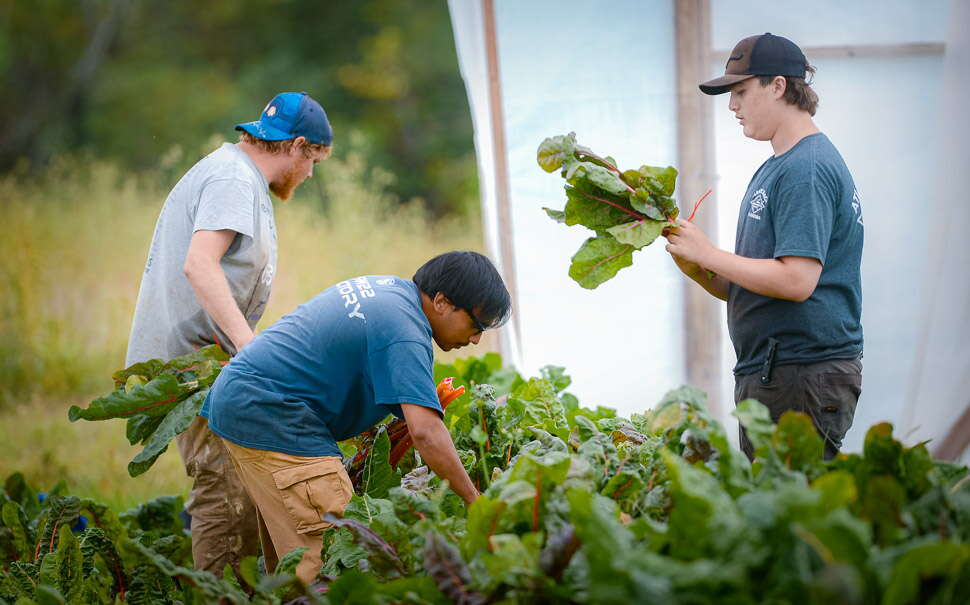
The hatchery now has two 12,000-gallon tanks, seeded each January with eggs provided by an Enfield hatchery operated by the Maine Department of Inland Fisheries and Wildlife.
The eggs take a year to grow to a harvestable size of at least 12 inches. The expansion will add four 15,000-gallon tanks, tripling capacity so that fish in the 12- to 14-inch range are available year-round.
“Everything will be state-of-the-art,” says Hill.
Currently, the fish are cleaned manually. The new hatchery will mechanize and speed up the process.
Fish waste is currently used as wet compost on the farm, which takes time to break down. The new hatchery will run wet waste through a dehydrator to produce dry fertilizer, which is expected to be easier to spread on the farm and to reduce odor.
PNM Construction Inc. in Presque Isle is the contractor on the expansion, which will cost just over $5 million. Financing comes primarily through grant funding, mainly from the U.S. Economic Development Administration.
The goal is to break ground by late summer or early fall and to be operational — with 60,000 eggs that are already undergoing incubation in the current facility — by early next spring.
The expansion will accommodate additional employment, bringing seasonal workers on full-time and possibly adding one or two employees.
St. John credits Mi’kmaq Farms for its contributions to the larger Wabanaki Nation.
“Just two weeks ago, they gave over 1,000 pounds of cucumbers, and 200, 300, 500 pounds of zucchini, summer squash, cabbage and other things,” he says. “I was already half full with what they were able to give us that morning. They’re producing and, whatever the communities need, they’re right there.”





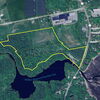







0 Comments